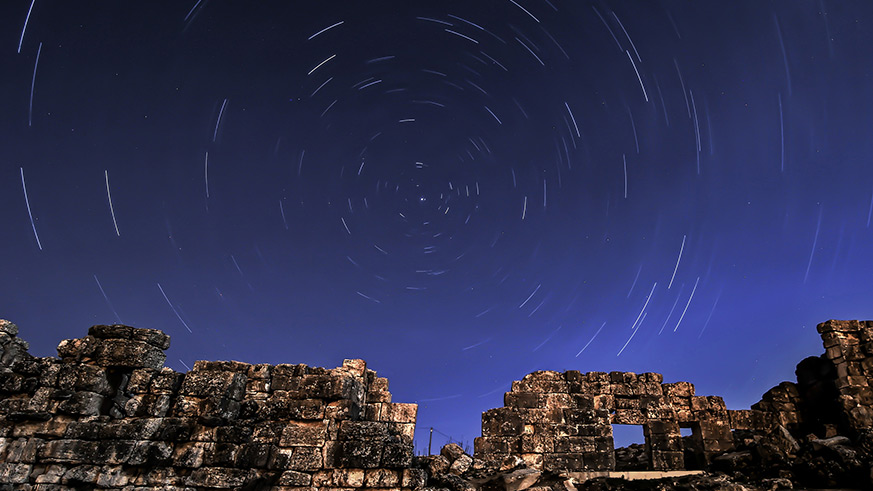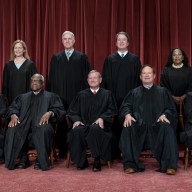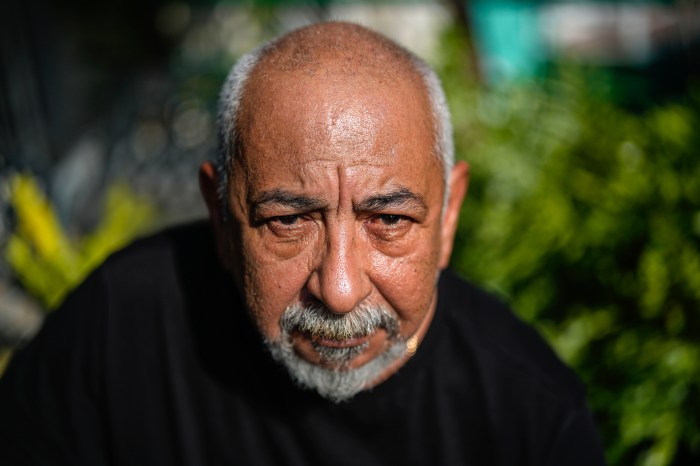The annual Lyrid meteor shower started this week and stargazers and astronomy enthusiasts will have the opportunity to witness it in all its glory when it reaches its peak.
The meteor shower typically occurs anytime between April 16 and April 25 each year. Experts have predicted the exact day the Lyrid meteor shower will happen as well as when it will hit its peak, so read on for viewing tips.
The Lyrid meteor shower is recognized as one of the oldest known meteor showers. According to NASA scientists, the meteor shower has been observed for more than 26,00 years.
The spectacular Lyrid meteor shower occurs annually when the Earth passed through a stream of dust leftover by comet Thatcher, a comet that orbits the sun once every 415 years, making it one of the oldest meteor showers in existence.
Lyrids are best known for their bright and fast meteors and they generally leave glowing trails of dust behind that are visible to the naked eye.
When is the Lyrid meteor shower this year?
This year, the meteor shower begins on April 16 and ends on April 25. Experts say the Lyrid meteor shower will reach its peak on April 22, making it the time when it will be most visible.
Bill Cooke, head of NASA’s Meteoroid Environmental Office told Space.com that people will be able to see anywhere between 15 and 20 meteors per hour during its peak, depending on how clear the sky is.

How to watch the meteor shower
According to NASA, observers should head outside on April 22, just before dawn. Experts suggest finding a spot in the sky that appears to be clear and unobstructed by large buildings and light.
The Lyrids will be visible at the radiant point near star Vega in the constellation Lyra.
According to EarthSky, if you’re located in the Southern Hemisphere, it might be tougher to see the Lyrid meteor shower because it’s located at the farthest northern point on the sky’s dome. However, if the sky is clear you might be able to catch it.
Lyrid meteor shower
Photographer Wesley Liikane captured stunning images of the Lyrid meteor shower from two locations in Ontario, Canada back in 2013.



















